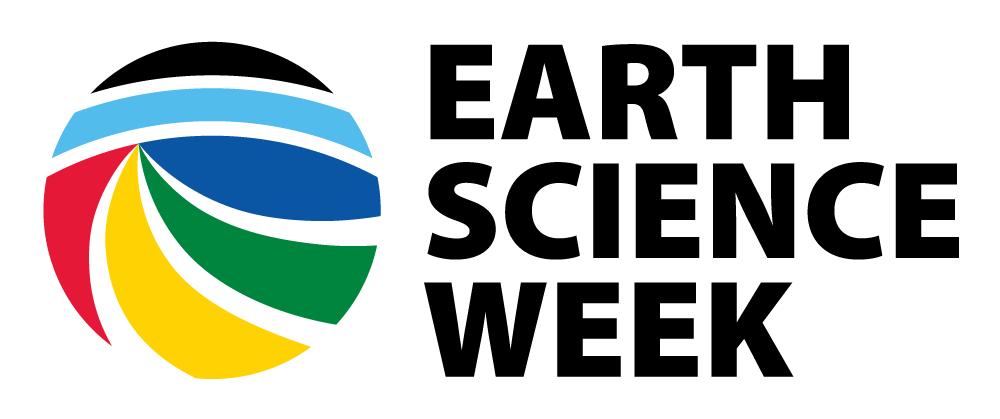A Bit of Engineering Activity Source: Adapted with permission by JOI Learning.
Background Courtesy Earth Science World Image Bank; Copyright © Noblecorp
The JOIDES Resolution is an amazing ship that contains all the equipment necessary to drill into the ocean floor for samples of rock and sediment: a derrick, drill pipe, drilling tools, and drill bits. Once the cylindrical core sample arrives on the rig floor, the drill crew passes the 10 m core to technicians.
[Read More]
A Cool Roof
A Cool Roof Activity Source: Geological Society of America. Adapted with permission.
According to the U.S. Energy Information Administration, approximately 79% of the energy used in the United States comes from burning fossil fuels (i.e., coal, petroleum, and natural gas). Because fossil fuels are nonrenewable, it is important that we conserve them, otherwise they will become more expensive, and we might eventually run out of them (https://bit.ly/EIA_Energy).
Think about all the things that use energy in your home (air conditioners, heaters, refrigerators, lights, TVs, etc.
[Read More]
A Model of Three Faults
A Model of Three Faults Activity Source: Adapted from USGS
Background One of the most frightening and destructive phenomena of nature is a severe earthquake and its terrible aftereffects. An earthquake is a sudden movement of the Earth, caused by the abrupt release of strain that has accumulated over a long time. For hundreds of millions of years, the forces of plate tectonics have shaped the Earth as the huge plates that form the Earth’s surface slowly move over, under and past each other.
[Read More]
A Paste with a Taste
A Paste with a Taste Activity Source: Adapted by the MEC from Women in Mining Education Foundation Education Activities
Purpose To allow students to produce a “marketable” product made from minerals that are used by most people every day. Both the abrasive and cleansing compounds found in toothpaste, calcium carbonate and sodium bicarbonate, are minerals.
Materials Calcium carbonate (finely powdered unflavored TUMS will work) Sodium bicarbonate (baking soda) Small plastic cups (1 for each student) Popsicle sticks for stirring (1 for each student) Eye droppers (1 for each group) Plastic spoons (1 for each group) Water Assorted food colors and flavorings (sugar, mint extract, etc.
[Read More]
Adaptations of Cave Critters
Adaptations of Cave Critters Activity Source: Adapted with permission by National Park Service
Caves with the National Natural Landmark (NNL) designation are some of the most fascinating of the thousands of caves around the world, and each one is unique. Caves’ special features are the product of various types of rock, their geologic setting, local climate, and time. This diversity in cave environments provides unique habitats for many different species of plants, animals, and other types of organisms.
[Read More]
Aggregates Matter
Aggregates Matter Activity Source: Adapted with permission by Society for Mining, Metallurgy, and Exploration.
What do you know about AGGREGATES?
Crushed stone, sand and gravel are the three kinds of rock fragments that are called aggregates.
At the current rate of usage, every American will need 1.37 million pounds of aggregates in his or her lifetime.
Aggregates are mined in every state in the U.S.
Aggregates are the most commonly used mined rocks in all countries of the world.
[Read More]
Analyzing Hurricanes Using Web and Desktop GIS
Analyzing Hurricanes Using Web and Desktop GIS Activity Source: ESRI, 2007. Adapted with permission.
Background Hurricanes are among the most common and most destructive types of natural hazards on Earth. Because they occur across space and time, hurricanes can be better understood using maps, particularly digital maps within a Geographic Information Systems (GIS) environment. GIS allows you to use maps as analytical tools—not maps that someone else has made—but using your own maps to make decisions.
[Read More]
Applications of Lidar
Applications of Lidar Look at the Applications of Lidar side of the GMD poster
click here to see a larger version
Learn more about the United Nation’s Sustainable Development Goals (SDGs). For each image on the poster, list which SDGs could be aligned to what is shown and explain how.
Lidar can make geologic features apparent, such as fault scarps and landslides, that may not be visible insatellite imagery. What other types of geologic features or processes might be hidden that lidar can help locate and measure?
[Read More]
Are You a Water Waster?
Are You a Water Waster? Activity Source: Education Place, Copyright © Houghton Mifflin Harcourt Company. All rights reserved.
Try this experiment to find out if you’re a water waster.
Materials clean, empty, one-quart milk cartons new toothbrushes toothpaste Procedure Brush your teeth with the water running. At the same time, have another person fill the containers with the running water-until you finish brushing. Record how many quart containers are filled. Then use that information to figure out how much water your family uses to brush their teeth.
[Read More]
Awesome Fossils
Awesome Fossils Activity Source: National Park Service.
Adapted with permission.
Any evidence of past life preserved in a geologic context, such as within rock or sediment, is called a fossil. In this activity you will work as a paleontologist — a scientist who studies fossils to understand ancient landscapes, climate, and life on Earth — to find and identify fossils.
The National Park Service preserves fossils of many types of organisms and traces evidence of their living behaviors, such as making tracks and burrows.
[Read More]
